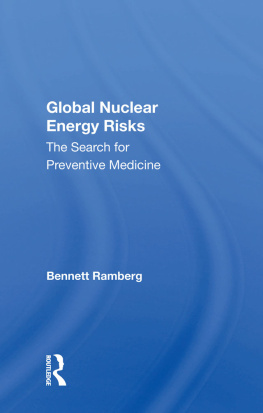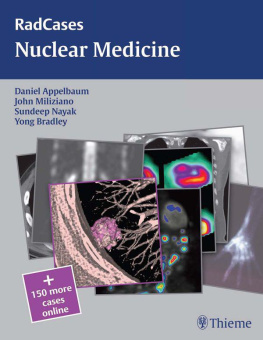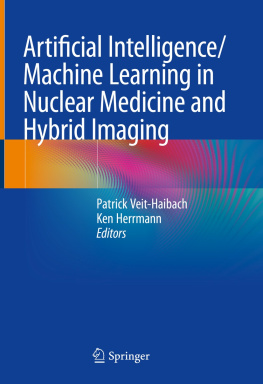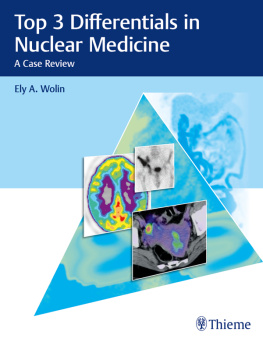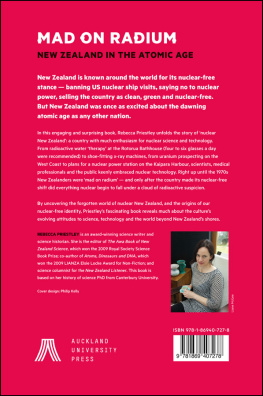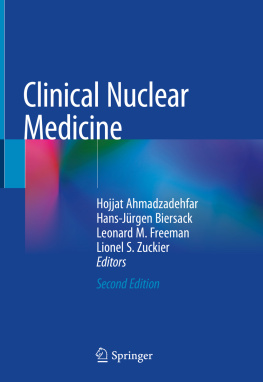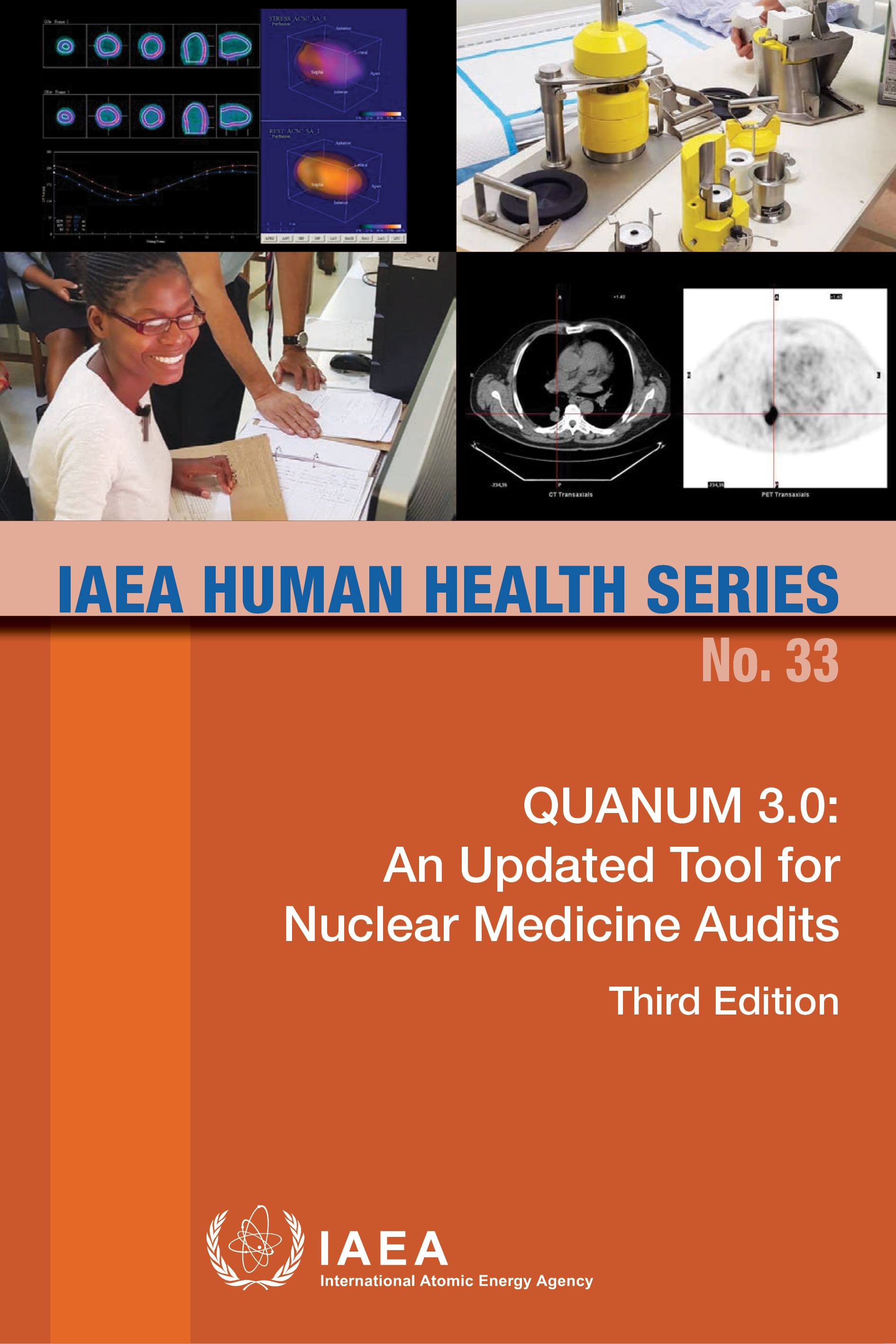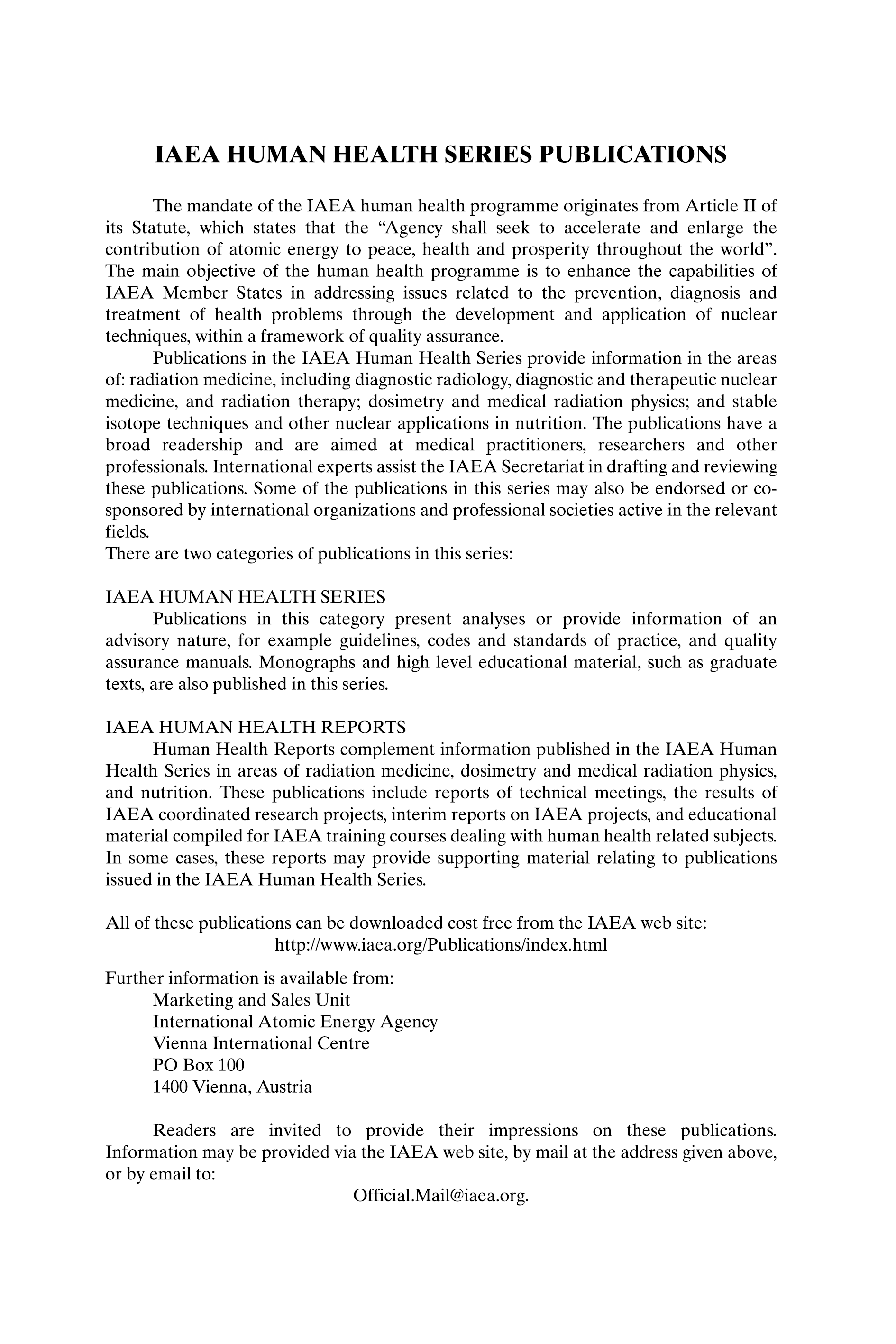All IAEA scientific and technical publications are protected by the terms of the Universal Copyright Convention as adopted in 1952 (Berne) and as revised in 1972 (Paris). The copyright has since been extended by the World Intellectual Property Organization (Geneva) to include electronic and virtual intellectual property. Permission to use whole or parts of texts contained in IAEA publications in printed or electronic form must be obtained and is usually subject to royalty agreements. Proposals for non-commercial reproductions and translations are welcomed and considered on a case-by-case basis. Enquiries should be addressed to the IAEA Publishing Section at:
Names: International Atomic Energy Agency.
Title: QUANUM 3.0 : an updated tool for nuclear medicine audits / International Atomic Energy Agency.
Description: Vienna : International Atomic Energy Agency, 2021. | Series: IAEA human health series, ISSN 20753772 ; no. 33 | Includes bibliographical references.
Identifiers: IAEAL 21-01415 | ISBN 9789201271204 (paperback : alk. paper) | ISBN 9789201272201 (pdf) | ISBN 9789201273208 (epub)
Subjects: LCSH: Nuclear medicine Quality control. | Nuclear medicine Equipment and supplies Quality control. | Risk management Auditing. | Radiation Safety measures.
FOREWORD
The IAEA has a long history of aiding its Member States in the field of nuclear medicine through initiatives based on current trends in technology and clinical applications aimed at improving clinical practice. An important initiative has been the development and implementation of an effective system the Quality Management Audits in Nuclear Medicine Practices (QUANUM) programme that integrates all aspects of quality management into modern nuclear medicine services in Member States. For that purpose, the Quality Management Audits in Nuclear Medicine Practices (QUANUM) programme has been developed and implemented. Numerous IAEA publications, such as the Nuclear Medicine Resources Manual, serve to support the increasing use of standardized clinical protocols and evidence based medicine being adopted by nuclear medicine services globally in order to improve the provision of nuclear medicine services. Additional contributions by the IAEA include its General Safety Requirements (GSR Parts ) in the IAEA Safety Standards Series on management systems for a ll facilities.
The QUANUM programme has proven to be applicable to many nuclear medicine services across a variety of economic circumstances. The QUANUM programme considers the diversity of nuclear medicine practices around the world and covers multidisciplinary contributions, clinical applications, technical aspects, radiochemistry, radiopharmacy, medical physics and rad iation safety.
The present revision, QUANUM 3.0, follows the principle of continuous improvement in quality and reflects new scientific developments. It has also drawn on valuable lessons learned from more than a decade of global implementation of QUANUM with the assistance of experienced nuclear medicine professionals and the support of the IAEA technical coopera tion programme.
This publication is intended for use by all professionals in the nuclear medicine field and is not limited to quality assurance experts. This new version will also be supplemented by a web based application developed by the IAEA for wider outreach.
Auditing helps to identify strengths, weaknesses and gaps in health care delivery in an area or region and provides data that are vital to defining evidence based strategies to address observed and emerging needs. Outputs from audits can contribute to efficient planning and implementation of ongoing technical cooperation programmes by the IAEA as well as planning of future support to Member States.
To that end, a group of consultants met at the IAEA in April and May 2019, to update the QUANUM manual, resulting in this third edition of the publication. QUANUM 3.0 includes updated and revised checklists that have been modified for greater clarity and improved prioritization. This revision aims at strengthening the culture of quality and reviewing all processes of the nuclear medicine service for the continuous improvement of clinical practices. However, as the QUANUM documentation cannot be all inclusive, professional judgement remains essential to ensure a safe and risk free cli nical practice.
The work of contributors to the first two versions of the QUANUM programme (2009 and 2015) is acknowledged. The IAEA officers responsible for this publication were M. Dondi and F. Giammarile of the Division of Human Health.
EDITORIAL NOTE
This report does not address questions of responsibility, legal or otherwise, for acts or omissions on the part of any person.
Guidance provided here, describing good practices represents expert opinion but does not constitute recommendations made on the basis of a consensus of Member States.
Although great care has been taken to maintain the accuracy of information contained in this publication, neither the IAEA nor its Member States assume any responsibility for consequences which may arise from its use.
The use of particular designations of countries or territories does not imply any judgement by the publisher, the IAEA, as to the legal status of such countries or territories, of their authorities and institutions or of the delimitation of their boundaries.
The mention of names of specific companies or products (whether or not indicated as registered) does not imply any intention to infringe proprietary rights, nor should it be construed as an endorsement or recommendation on the part of the IAEA.
The authors are responsible for having obtained the necessary permission for the IAEA to reproduce, translate or use material from sources already protected by copyrights.
The IAEA has no responsibility for the persistence or accuracy of URLs for external or third-party Internet web sites referred to in this book and does not guarantee that any content on such web sites is, or will remain, accurate or appropriate.
The authoritative versions of the publications are the hard copies issued and available as PDFs on www.iaea.or g/p ublications .To create the versions for e-readers, certain changes have been made, including the movement of some figu res and tables.


